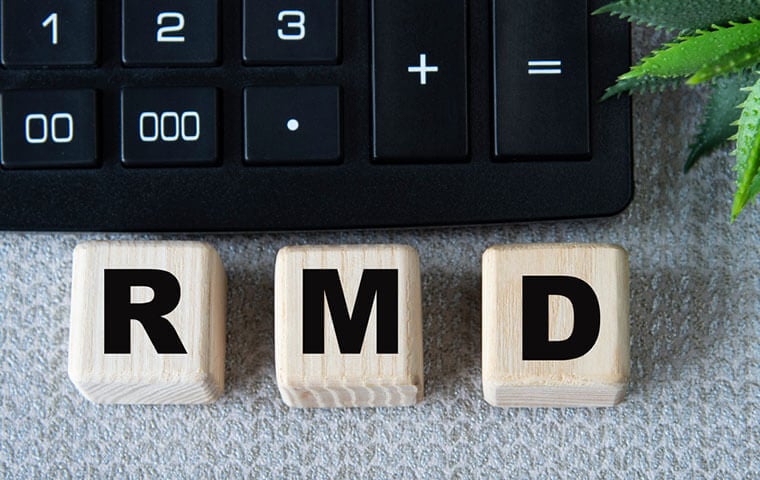 If you haven’t taken your full RMD by the end of the year, the Thrift Savings Plan will send you the required amount late in the month of December. Image: Zhanna Hapanovich/Shutterstock.com
By: FEDweek Staff
If you haven’t taken your full RMD by the end of the year, the Thrift Savings Plan will send you the required amount late in the month of December. Image: Zhanna Hapanovich/Shutterstock.com
By: FEDweek StaffOne reason you see so many articles on Required Minimum Distributions, or RMDs at this time of year is that, generally, RMDs must be taken by the end of the calendar year, although the first RMD may be delayed until April 1 of the following year.
Once you hit a certain age (currently 72) you are, with few exceptions, required to begin distributions from your Thrift Savings Plan and other tax deferred retirement savings vehicles. The exceptions are:
• Roth IRAs do not require minimum distributions, although your Roth TSP does;
• If you are still working at your federal job at age 72 or older, you are not required to take distributions from your TSP until after you separate.
You’ll never have to worry about missing an RMD from the TSP. If you haven’t taken your full RMD by the end of the year, the Thrift Savings Plan will send you the required amount late in the month of December. Most IRA custodians, however, do not have such a mechanism in place and it is up to you to be sure that you take your RMD from any IRAs you have. Custodians may tell you how much you should take out and may pull your chain if you haven’t yet taken it out, but they will not take it out for you.
Now we’ll talk about another three letter acronym that ends in the letter D – the QCD, or qualified charitable distribution. A QCD may be taken as young as the age of 70 ½ and is a tax free distribution from your IRA that is directly transferred to a charity of your choice. Employer plans like the TSP do not allow QCDs to be taken. The annual limit for a QCD is $100,000. It can satisfy an RMD and is not included in modified adjusted gross income.
If you’re charitably inclined, you can get more tax benefits by doing a QCD than you can by making a regular charitable contribution. Consider this:
• Due to the increased standard deduction created by the Tax Cuts and Jobs Act, only about 25% of filers are able to get any tax deduction at all from charitable contributions and certain other items (e.g., state taxes, medical expenses, etc.).
• Even if you are able to deduct charitable expenses, your tax benefit is not dollar for dollar and is based on your marginal tax bracket. For example, if you are in the 24% tax bracket and donate $500, your tax benefit is $120.
• A QCD reduces your taxable income dollar for dollar. If you make a $500 donation from your IRA, your taxable income drops $500. Not only does less income mean less taxes due at tax time, but reduced income might also shield you from some of the “stealth taxes” like increased Medicare Part B Premiums.
What if you’re not yet either 70 ½ or 72? Then keep your focus on saving more for retirement. Consider increasing your TSP contribution for 2023.
Did you know that payments from the TSP that you receive while you are still working are called withdrawals – but payments received after you have separated are called distributions.
January Raise Finalized, Will Range from 4.37 to 5.15 Percent
Upcoming COLA for Retirees to Be Largest in Four Decades
New Year Brings Changes in Key Figures for TSP
Retiring from a Federal Career: Prepare to Wait
The Process of Retiring: Last-Minute Changes
The Process of Retiring: Check Your Agency’s Work
Looking Forward to a Lump-sum Payment for Unused Annual Leave
The Government Pension Offset and Social Security
askFW: Calculating a Federal Annuity – FERS and CSRS
askFW: Federal Annuity Calculation for LEOs and Firefighters

